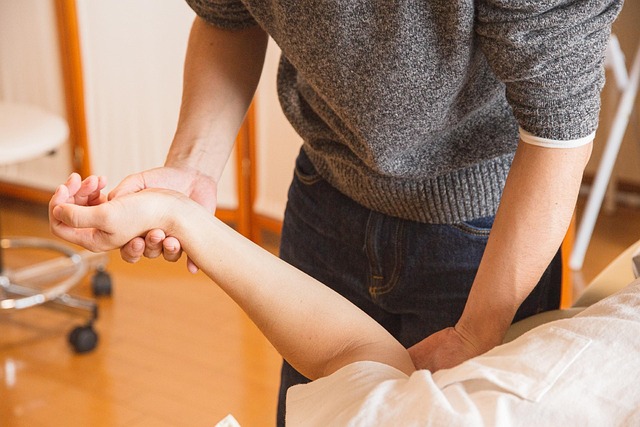A Comprehensive Guide to Stroke Recovery Treatment and Rehabilitation
Stroke recovery varies by person but often includes physical therapy, speech exercises, and emotional support. Early intervention and consistent routines may improve outcomes. Explore common challenges and tools that can help support recovery at home.

Understanding the Initial Phase of Stroke Recovery
The first few months after a stroke are critical for recovery. During this period, the brain shows enhanced neuroplasticity – its ability to form new neural connections and reorganize existing ones. Medical professionals typically begin rehabilitation as soon as the patient is stable, often within 24-48 hours after the stroke. This early intervention focuses on preventing complications and starting basic mobility exercises.
Key Components of Stroke Recovery Treatment
Stroke rehabilitation typically involves multiple therapeutic approaches working in concert. Physical therapy helps restore motor function and balance, while occupational therapy focuses on daily living activities. Speech and language therapy addresses communication difficulties and swallowing problems. Cognitive rehabilitation helps improve memory, attention, and problem-solving skills. These treatments are usually customized based on the stroke’s severity and affected areas.
Essential Steps in Post-Stroke Rehabilitation
The rehabilitation process follows a structured approach:
-
Assessment of stroke-related impairments
-
Setting realistic recovery goals
-
Creating a personalized treatment plan
-
Regular monitoring and adjustment of therapy
-
Gradual transition to home-based exercises
-
Integration of adaptive techniques and devices
Home-Based Recovery Strategies
Successfully continuing recovery at home requires establishing a supportive environment and routine:
-
Making necessary home modifications for safety
-
Following prescribed exercise programs
-
Using assistive devices appropriately
-
Maintaining a consistent therapy schedule
-
Engaging in cognitive stimulation activities
-
Following medication schedules strictly
Support Systems and Resources for Recovery
Recovery is most effective when supported by a comprehensive network:
-
Regular medical follow-ups
-
Family and caregiver education
-
Support groups and counseling
-
Community rehabilitation services
-
Home health care services
-
Social work support
Treatment Options and Provider Comparison
| Treatment Type | Provider Type | Key Features | Typical Frequency |
|---|---|---|---|
| Physical Therapy | Licensed PT | Motor function, balance, strength | 2-3x weekly |
| Occupational Therapy | Licensed OT | Daily living activities, adaptation | 2-3x weekly |
| Speech Therapy | Speech Pathologist | Communication, swallowing | 1-2x weekly |
| Cognitive Rehab | Neuropsychologist | Memory, problem-solving | 1-2x weekly |
| Home Health | Home Health Agency | In-home support, monitoring | As needed |
Prices, rates, or cost estimates mentioned in this article are based on the latest available information but may change over time. Independent research is advised before making financial decisions.
Recovery from a stroke is a gradual process that requires patience, dedication, and consistent effort from both the survivor and their support system. While the path to recovery varies for each individual, following a structured rehabilitation program and maintaining regular therapeutic interventions provides the best opportunity for meaningful improvement in function and quality of life.
This article is for informational purposes only and should not be considered medical advice. Please consult a qualified healthcare professional for personalized guidance and treatment.




